Four basic principles of blending coffee beans the biggest difference between hand-made coffee beans and blended coffee beans
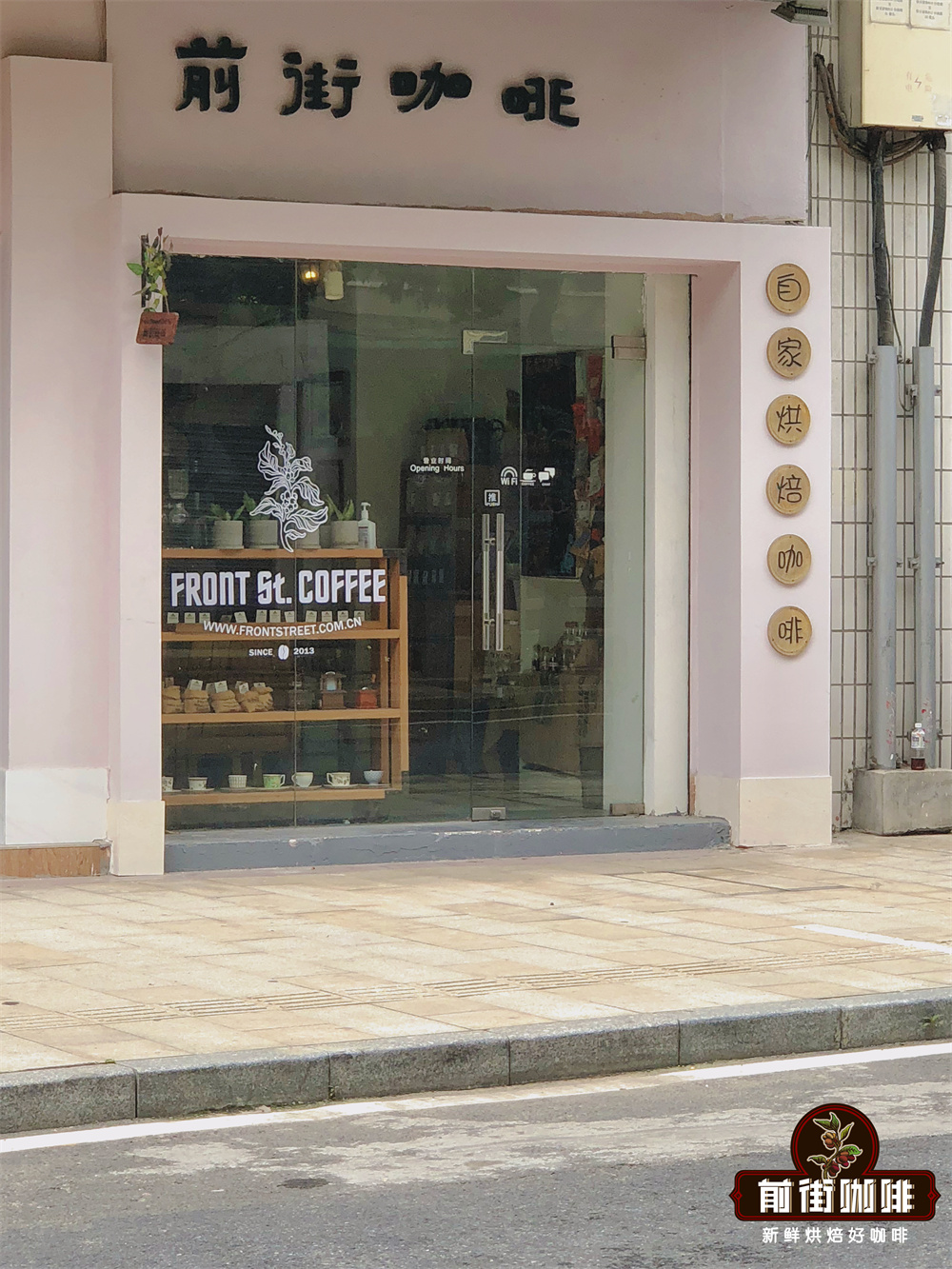
Professional coffee knowledge exchange more coffee bean information please follow the coffee workshop (Wechat official account cafe_style)
For more boutique coffee beans, please add private Qianjie coffee on Wechat. WeChat account: qjcoffeex
Qianjie has its own views on the blending of coffee beans. Because in the front street, there is a new style of matching beans, called sunflower warm sun comprehensive matching. This blend of coffee beans is made of two boutique coffees from different places, so it can also be used in artisanal coffee. It sounds easy to match a matching bean, it only needs to be matched, but the flavor and taste must be recognizable in order to become a unique own brand. The principle, flavor and selling point of matching all need to be considered, otherwise a mediocre matching bean launch is just self-entertainment. Qianjie believes that good mixed beans must have their own characteristics, otherwise they are completely uncompetitive in the industry.
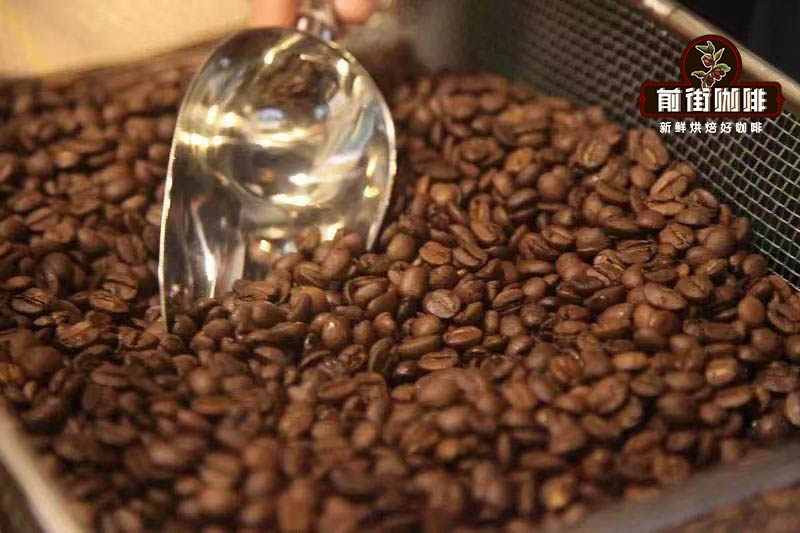
What are individual coffee beans? Individual coffee refers to the coffee produced from a specific producing area, a specific producing area and a specific plantation, with a unique special flavor that can reflect the local culture. Take, for example, Qianjie Coffee's Sakui Coffee, which comes from Sakui Coffee beans from the Xida Mogu Gibbu processing plant in Ethiopia. During the purchase process, they can check the quality of each batch of raw coffee beans. In fact, the definition of individual coffee is quite vague, because there are no authoritative and clear standards in the world. There are four common standards for single coffee: single producing area, single variety, single batch and single treatment.
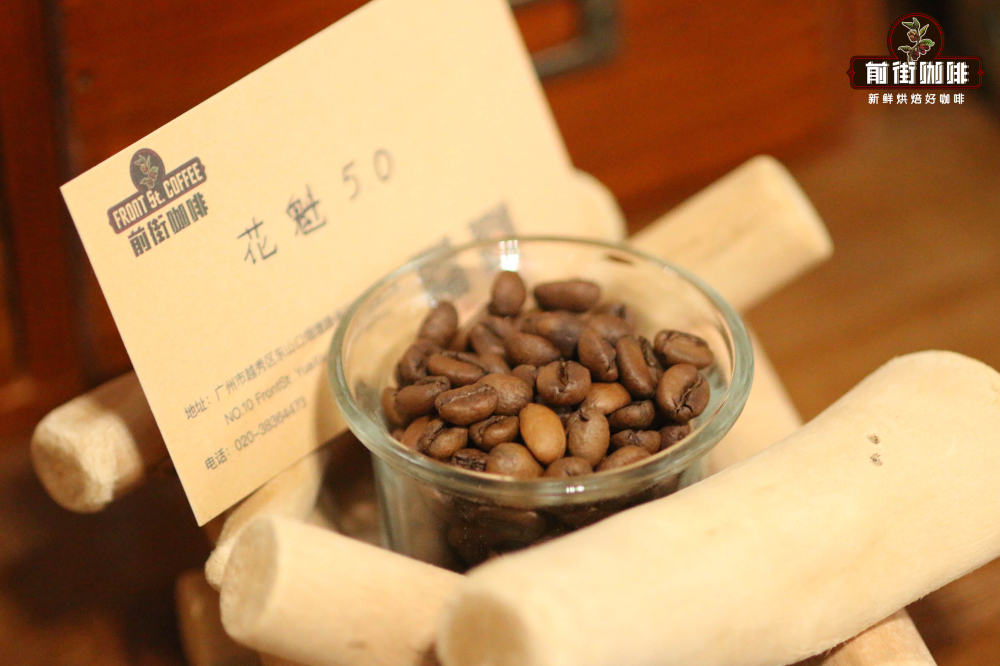
Then some friends will ask: are the different varieties harvested in a single producing area individual coffee beans? Qianjie definitely tells you that there are individual coffee beans, such as the Ethiopian coffee variety system, and most of them are mixed with different varieties of coffee to grow and harvest together, which is why Ethiopian coffee beans are not the same size. So if a single variety in a single producing area is mixed with different treatments, is it a single product of coffee? That's for sure. Not long ago, I bought a coffee bean from the chocolate lover's manor in El Salvador. This bean is made of bourbon coffee from the same manor, 50% washed and 50% treated with black honey, in order to reflect the chocolate flavor of the producing area. because it comes from the same manor, this bean is a single coffee bean.
What are blended coffee beans?
Blended coffee, also known as mixed coffee, is to mix a variety of individual coffee beans together, so as to give full play to the strengths of various individual coffee beans, comprehensive blended beans are mixed from coffee beans from different areas to make a more balanced taste. For example, if one kind of coffee bean is slippery but lacks aroma, another kind of coffee with rich aroma is added to make the advantages of individual coffee beans complement each other and complement or strengthen each other, thus creating a richer new taste of coffee. Sometimes the beans are mixed first and then baked, which is called roasting; sometimes they are roasted and then mixed with coffee beans, which is called cooked. In order to stabilize the flavor of the blended coffee, the Qianjie roaster will use medium-deep roasting.
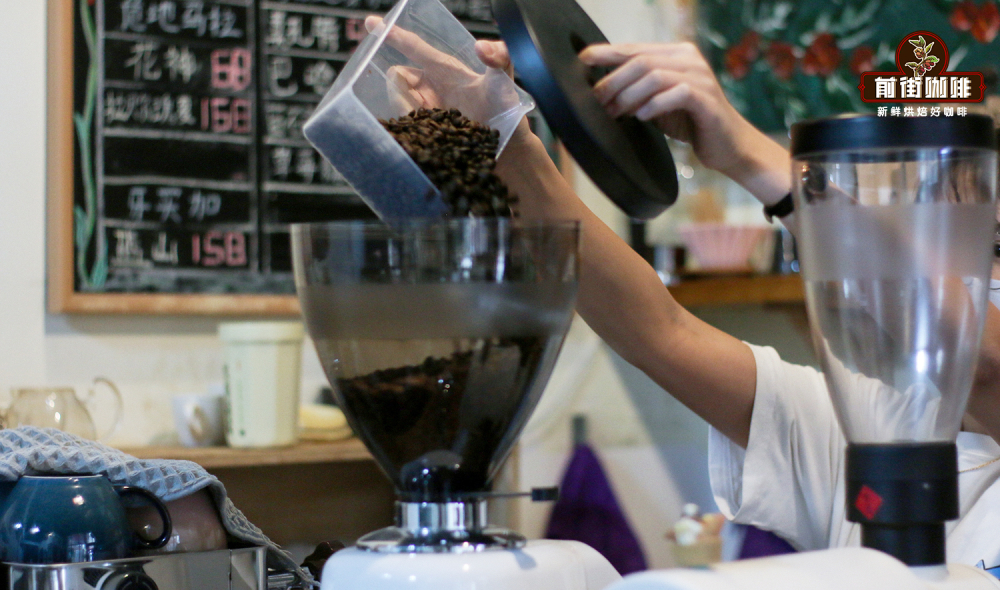
Four principles for the blending of espresso beans (1) the purpose of Qianjie coffee for blending coffee beans:
1. Reduce the cost
Some cafes will use poor quality coffee beans mixed with better quality coffee beans to reduce costs and increase sales benefits at the same time.
two。 A stable flavor
Because coffee beans are a kind of crop, the flavor of even the same kind of coffee beans will be different from year to year, so mixing several kinds of coffee beans can solve this problem and keep the taste basically the same every year.
3. Create a flavor that cannot be produced by a single coffee bean.
Coffee beans from a place of origin are like a person, with both strengths and weaknesses, while matching is like organizing a team to take their strengths to make up for each other's weaknesses, so as to complement each other.
4. Balanced taste
Because one of the features of the Italian coffee machine is that it magnifies the most prominent flavor feature of coffee beans, we almost never use a single variety of coffee to make Espresso, otherwise if that coffee bean is bitter, the Espresso will be very bitter and sour. So we need to balance all kinds of flavors by matching.

(2) determine the target flavor.
When we determine the purpose, the second is to determine the target flavor of the coffee beans. Only by having a clear goal can we know where we need to start. At the same time, it is also a test of the mixer's understanding of the existing coffee beans and the flavor of the coffee producing areas. Just like Qianjie Coffee used to produce espresso with warm sun mixed beans, Qianjie originally blended this coffee bean, hoping that the flavor of espresso was not so conventional and ordinary, and wanted to have an alcoholic espresso. Therefore, Shirley coffee beans fermented from Honduran whisky barrels are used to provide wine aroma, and Ethiopian sun-tanned cherries are used to provide acidity and fermentation.
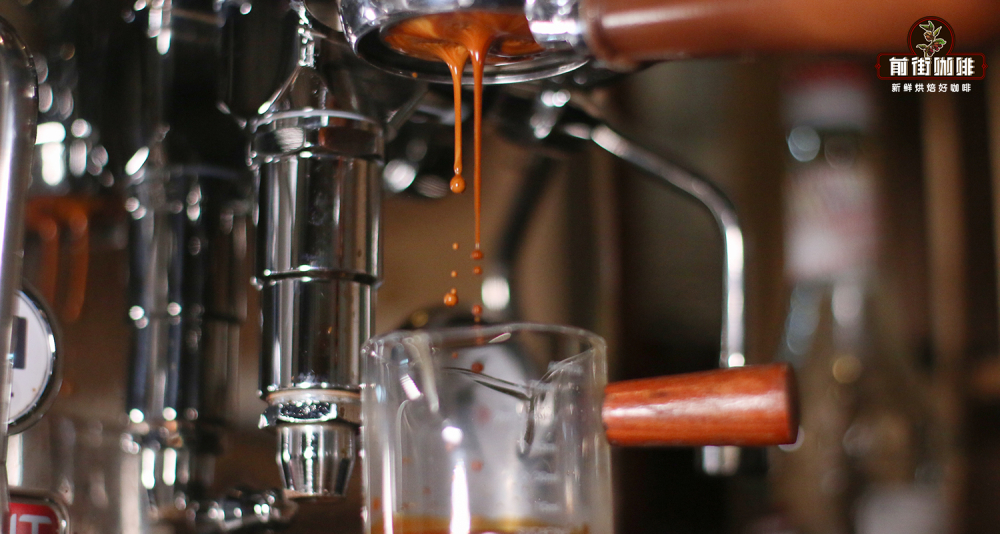
(3) determine the matching type.
It is mentioned above that there are two ways to mix coffee, so what are the advantages and disadvantages of the two ways of blending coffee beans? Qianjie believes that the advantage of Shengpin is that it can use the same baking degree to make the coffee stable and uniform, and the second is that it can reduce the number of baking times and improve the efficiency. The same baking degree can also greatly reduce the difficulty of quality control (the same roasting, that is, you can focus on only one bean cultivation date, while Shengpin is prone to different roasting dates of several blended beans, resulting in different tastes). At the same time, the disadvantage of raw baking is also very obvious, and the limitation of raw spelling is very great. Generally speaking, it is recommended that several beans with similar density of coffee beans are recommended. For example, if you mix a coffee bean suitable for shallow roasting and a coffee bean suitable for deep roasting to the same roasting degree, it will be easy to produce 1: 1.
Important Notice :
前街咖啡 FrontStreet Coffee has moved to new addredd:
FrontStreet Coffee Address: 315,Donghua East Road,GuangZhou
Tel:020 38364473
- Prev
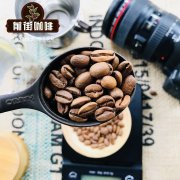
What is the classification of coffee beans? the recommended proportion of coffee beans
Professional coffee knowledge exchange more coffee beans information please follow the coffee workshop (Wechat official account cafe_style) beginners to mix which beans should you choose? The following is a description of the three most representative matching ratios. Of course, slowly you can choose the kind of match you like according to your own taste. Sour espresso blending 30% in Colombia and 60% in Brazil
- Next

How to brew coffee beans? What kind of cooking utensils can be used for coffee beans?
Professional coffee knowledge exchange more coffee bean information please pay attention to coffee workshop (Wechat official account cafe_style) coffee beans suitable for brewing utensils: commercial Italian coffee maker, American pot, hand brewing, siphon, mocha pot, Ella pressure, French filter pressure, smart filter cup coffee beans suitable for making drinks: espresso, American coffee, cabbage coffee, latte, seasoning
Related
- Beginners will see the "Coffee pull flower" guide!
- What is the difference between ice blog purified milk and ordinary milk coffee?
- Why is the Philippines the largest producer of crops in Liberia?
- For coffee extraction, should the fine powder be retained?
- How does extracted espresso fill pressed powder? How much strength does it take to press the powder?
- How to make jasmine cold extract coffee? Is the jasmine + latte good?
- Will this little toy really make the coffee taste better? How does Lily Drip affect coffee extraction?
- Will the action of slapping the filter cup also affect coffee extraction?
- What's the difference between powder-to-water ratio and powder-to-liquid ratio?
- What is the Ethiopian local species? What does it have to do with Heirloom native species?

